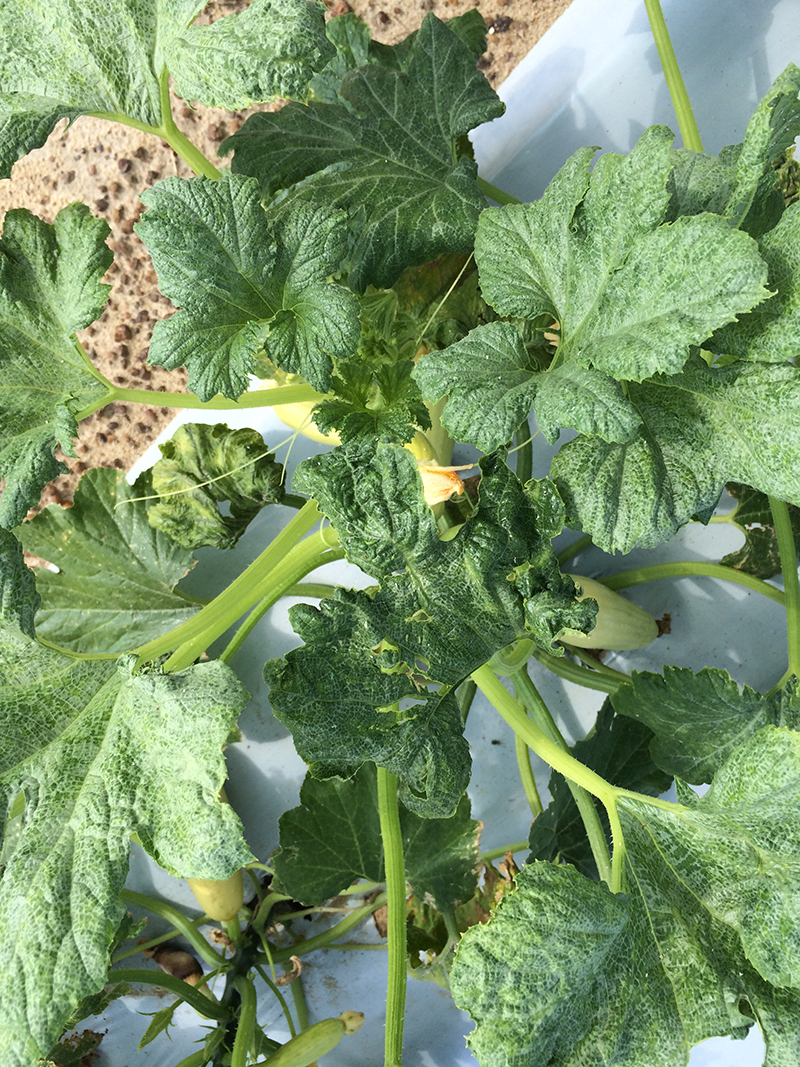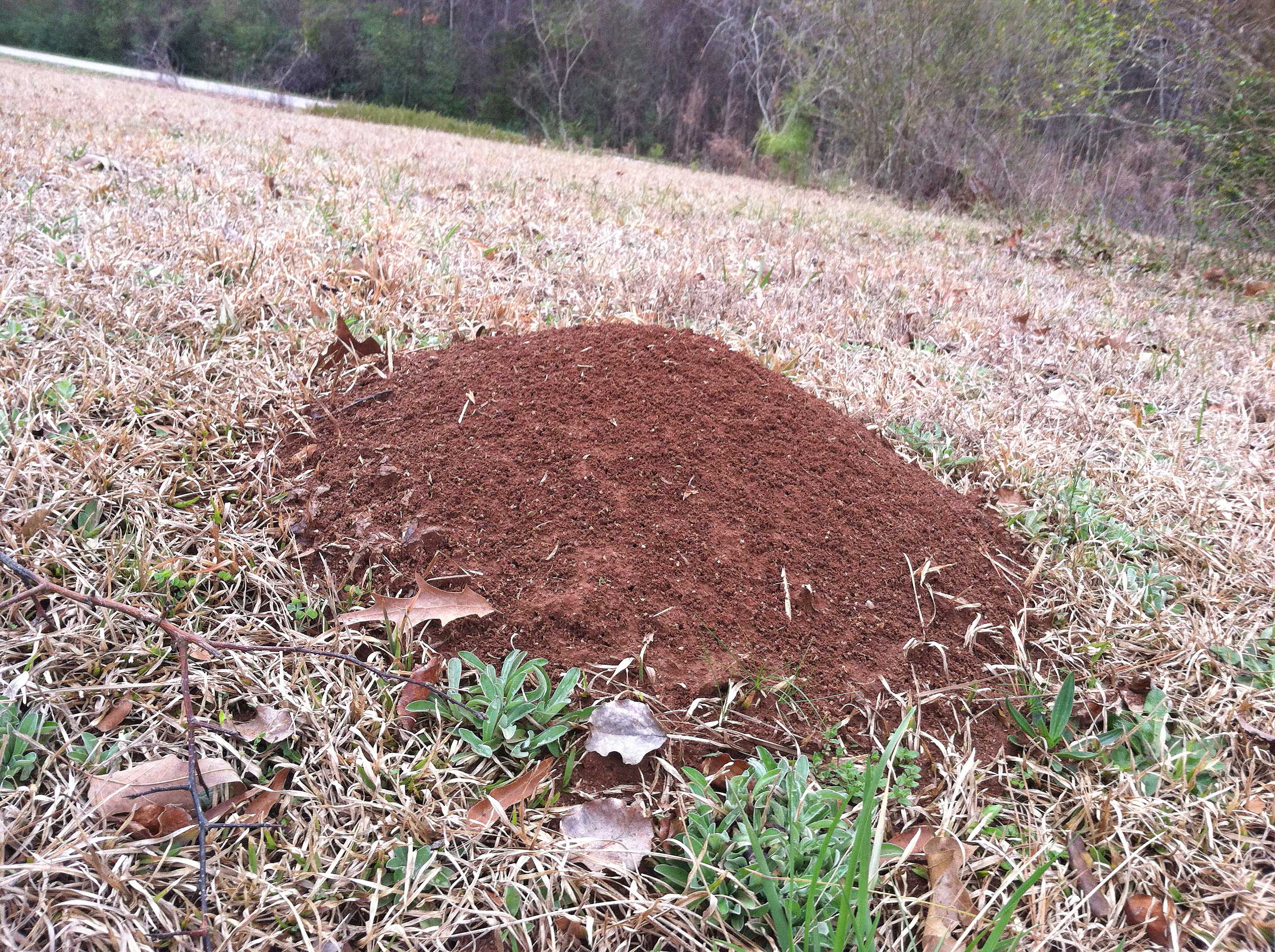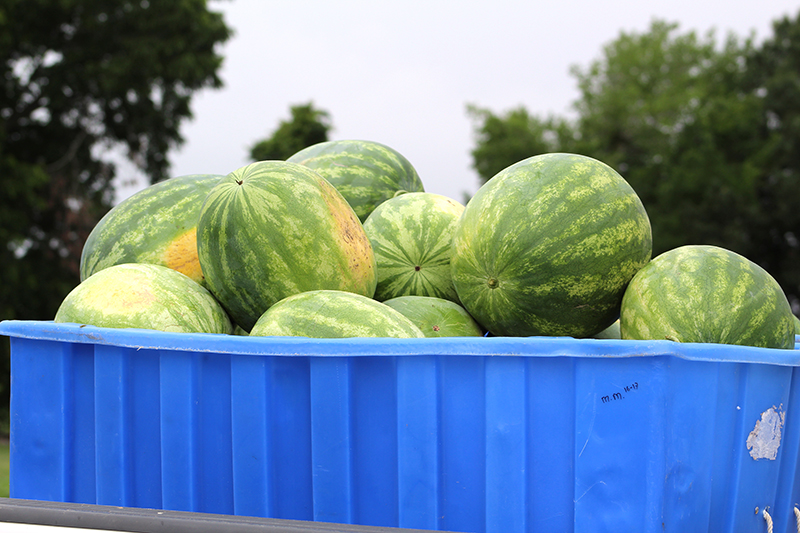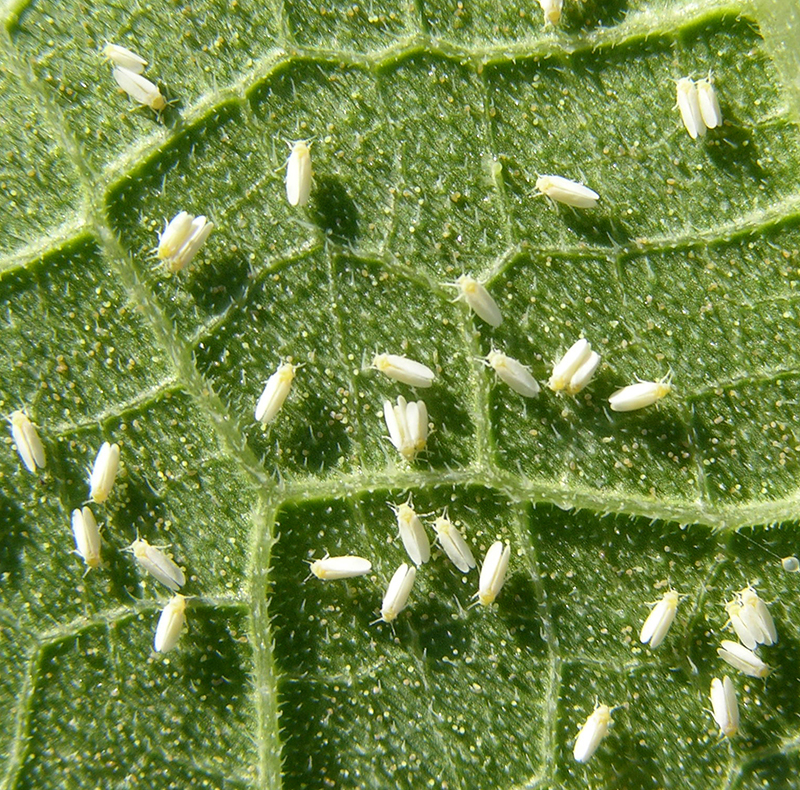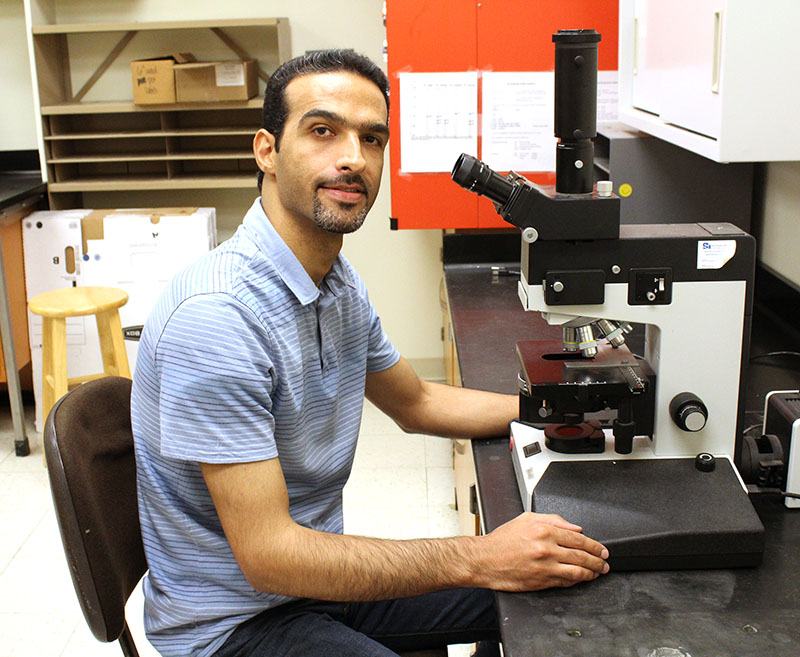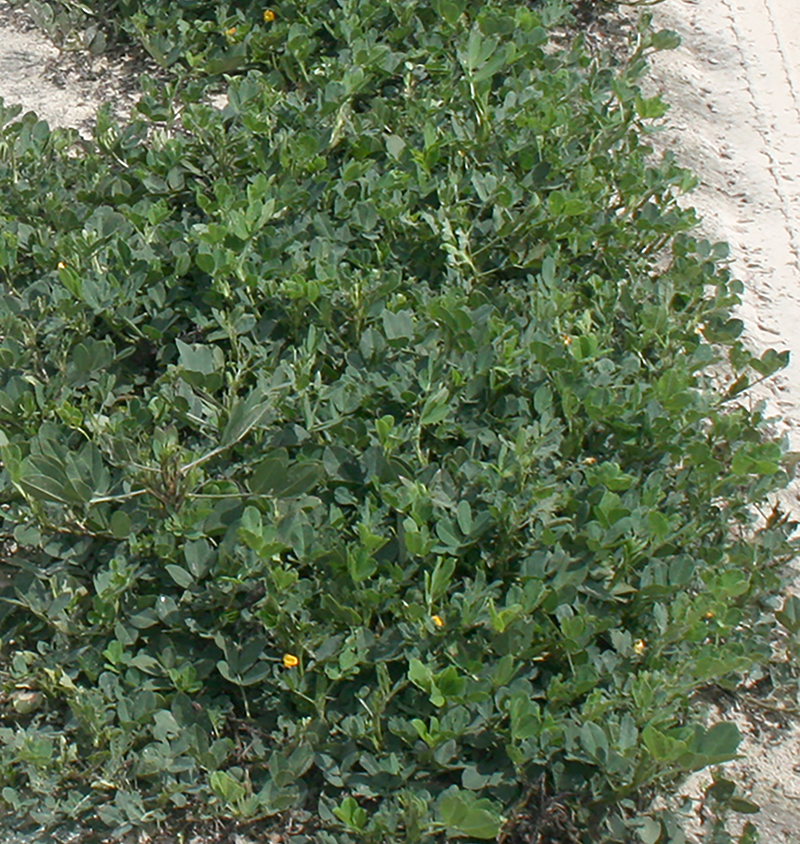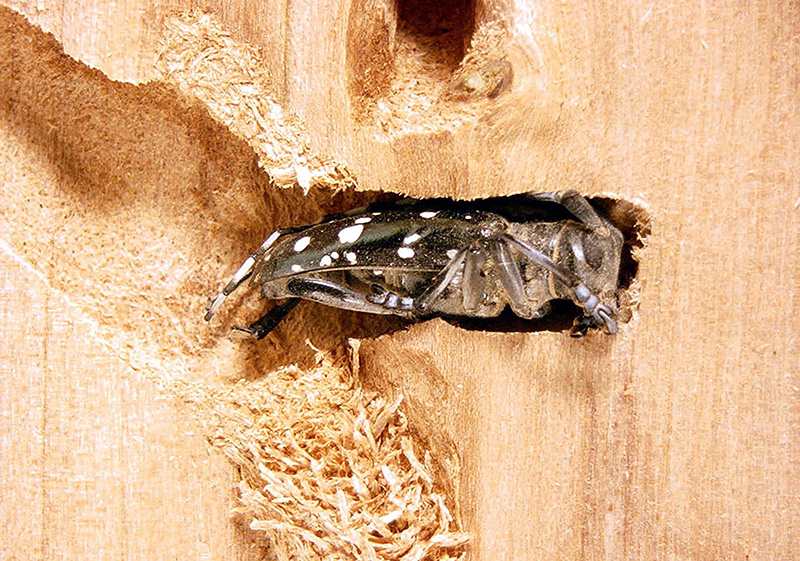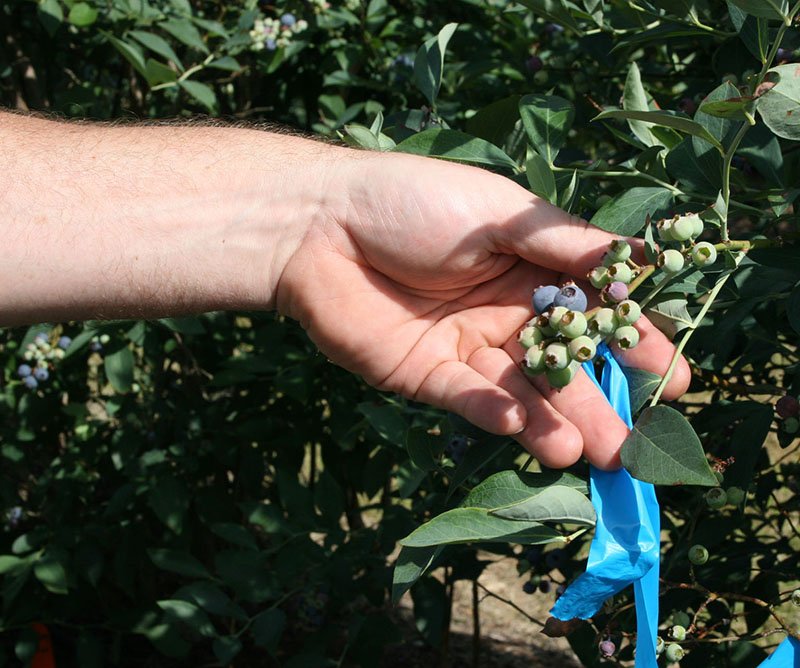 CAES News
CAES News
Blueberry Production
Nematode control is one of the costliest hurdles to blueberry production on replanted sites. Through research trials in Appling County, Georgia, University of Georgia Cooperative Extension Agriculture and Natural Resources Agent Shane Curry found that adding pine bark mulch when replanting blueberry fields helps to combat the pests.

